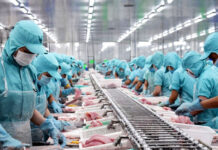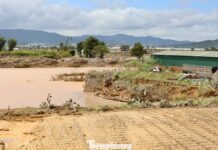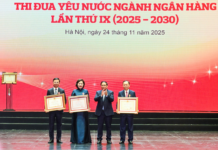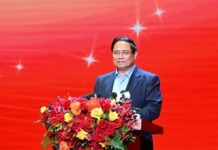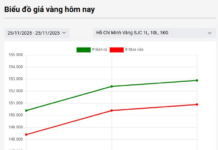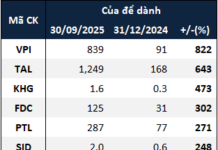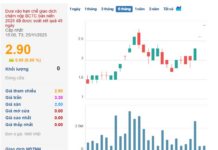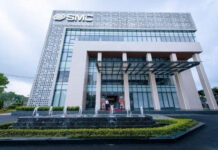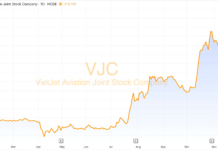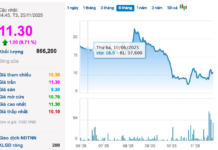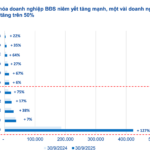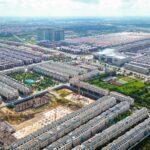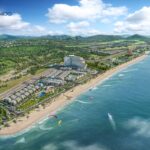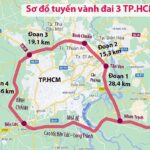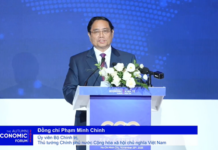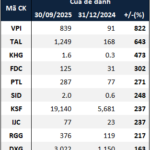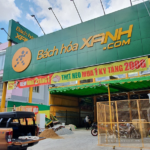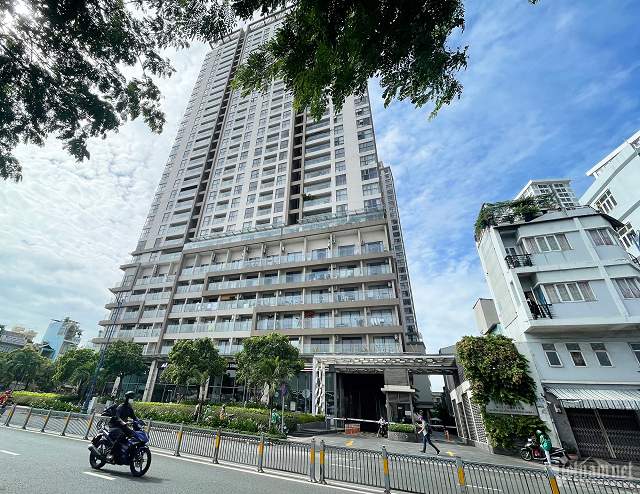On the afternoon of October 10, the inaugural Vietnam Private Economic Panorama (ViPEL) 2025 program—a flagship event of the Vietnam Private Economic Panorama model—took place in Hanoi. The event was attended by Prime Minister Pham Minh Chinh and leaders from seven ministries and sectors.
Speaking at the plenary session, Mr. Pham Quoc Long, Co-Chairman of ViPEL Committee 2 and Deputy General Director of Gemadept Corporation, emphasized that Vietnam has the potential to become a global maritime and energy hub.
In proposing breakthrough solutions to advance Vietnam’s critical infrastructure, Committee 2 outlined three key strategies. The first is to reposition Vietnam as not just a “manufacturing hub” but as a regional and global maritime and energy center.
“If 10–20 years ago, the idea of Vietnam becoming an international maritime hub seemed far-fetched, today the opportunity is within reach,” Mr. Long asserted.
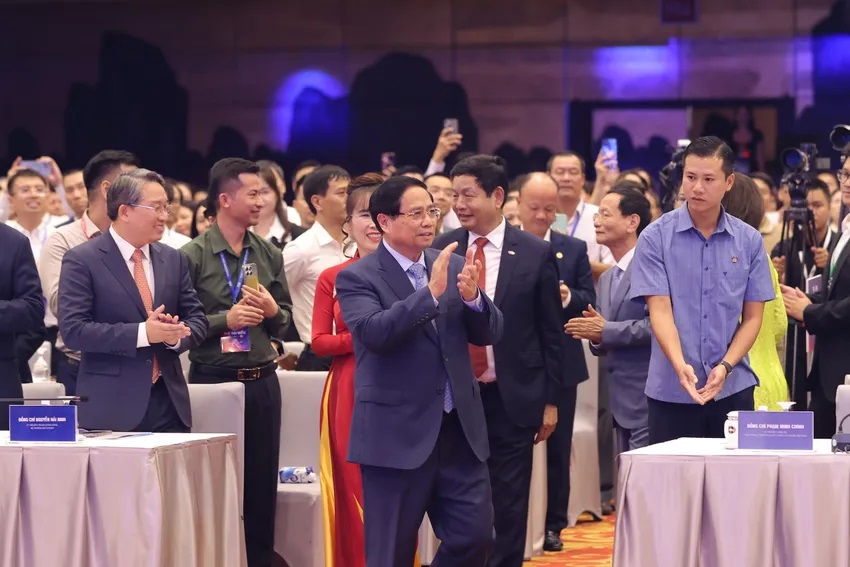
Prime Minister Pham Minh Chinh attended the plenary session of the inaugural Vietnam Private Economic Panorama 2025 program on the afternoon of October 10.
|
The Deputy General Director of Gemadept Corporation noted that the proposed global maritime center in Ho Chi Minh City, spearheaded by Vietnamese enterprises, will transcend traditional port operations. It will integrate international port services, including logistics, maritime finance, insurance, ship repair, fuel supply, and training.
“When linked with the International Financial Center and Ho Chi Minh City’s Free Trade Zone, the project is projected to generate $2–3 billion in annual revenue, ensuring sustainable national income,” Mr. Long stated. He cited Singapore’s example, where ports contribute 7% directly and 10% indirectly to GDP through supporting services.
The Co-Chairman of ViPEL Committee 2 also highlighted the strategic potential of offshore wind energy in the Southern region. With robust investment, this sector could revolutionize national energy security and align Vietnam with the global green economy.
The second solution focuses on enhancing the “port-industry-logistics-finance” model. Committee 2 proposed developing an industrial port city in Central Vietnam, featuring logistics and financial hubs to support exports. Expanding the Ha Nam Canal (Hai Phong) would boost inland waterway transport, alleviating road congestion.
“Water transport is significantly more cost-effective than road transport: A single barge can carry the equivalent of hundreds of container trucks. Upgrading waterways is far more efficient than building a kilometer of highway, which costs over VND 1 trillion,” he explained.
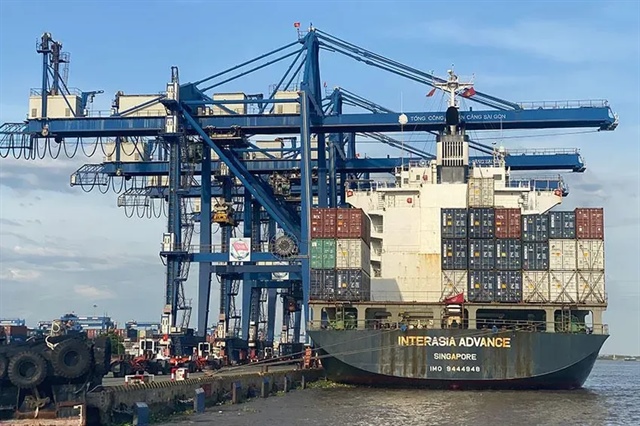
Container handling at Cat Lai Port. Photo: HOANG GIANG |
Mr. Pham Quoc Long stated that the business community applauds the Prime Minister’s Directive 113/2025 prioritizing seaport and inland waterway infrastructure. He urged ministries to expedite public investment disbursement for inland waterway transport, upgrade Hai Phong port channels, enable two-way operations, reduce logistics costs, and increase localization rates.
The third solution calls for fostering private enterprises to lead national infrastructure development. Mr. Long emphasized that no country relies solely on state budgets for strategic infrastructure—public-private partnerships are essential.
To implement this, Committee 2 recommends a comprehensive national seaport system plan, establishing world-class gateway ports and logistics centers. They advocate for Resolution 68’s implementation, allowing private sector participation in critical infrastructure. Additionally, leveraging Vietnam’s maritime advantages, adjusting port service fees competitively, and incentivizing private investment in renewable energy—particularly offshore wind—are crucial.
“Private enterprises commit to partnering with the government, investing long-term, and driving strategic projects for national breakthroughs,” the Committee 2 representative affirmed.
AN HIỀN – MINH TRÚC
– 17:15 10/10/2025
“Infrastructure Wave” Paves the Way for a New Growth Cycle in the Real Estate Market
According to DXS-FERI, the real estate market in Q3/2025 showed positive momentum, with most indicators reflecting growth. Notably, infrastructure emerged as the key driver propelling the property sector forward.
Ho Chi Minh City’s Ring Road 3 to Open for Technical Traffic in December
Ho Chi Minh City is accelerating efforts to complete the Ring Road 3 project within a 100-day sprint, aiming for technical opening by the end of 2025.

